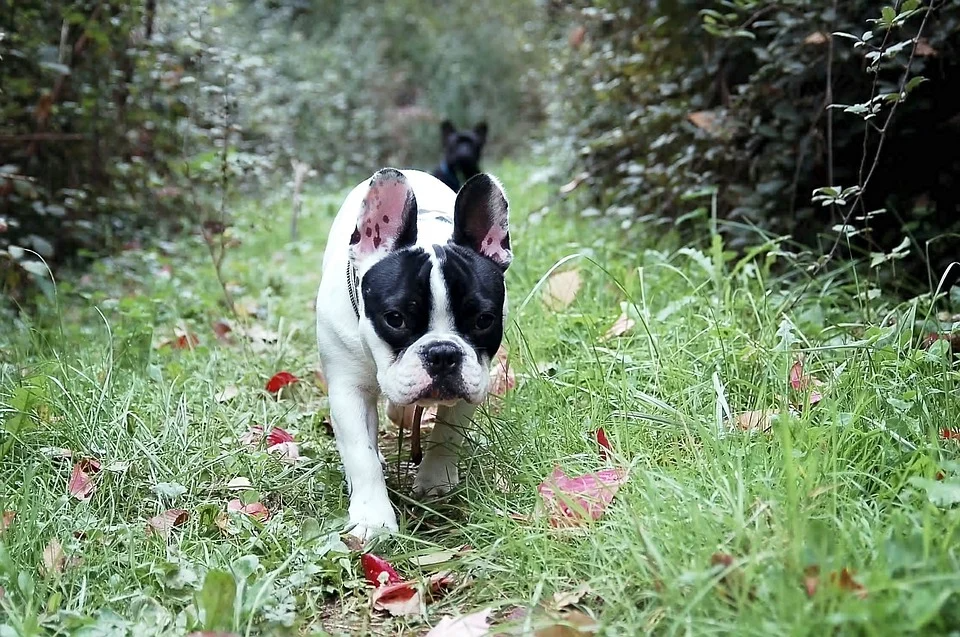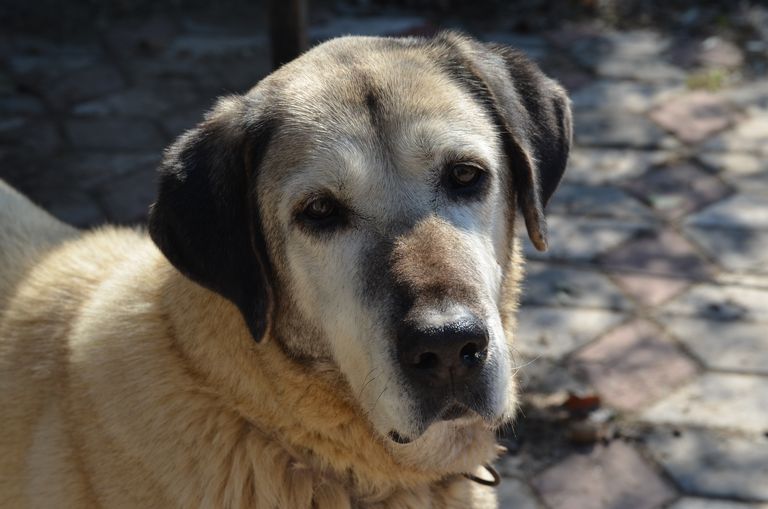
Signs Your Dog Feels Negative Energy
You’re likely to have witnessed your dog react to another animal or person, regardless of whether they were with you on an evening walk or when someone knocks at your door. These situations are when your dog may sense negative energy and react.
Barking and howling are the most obvious signs that your dog is reacting to something. This serves two purposes: to alert you and to scare the intruder. The next steps of your dog’s behavior may differ depending on their breed. Some dogs will approach the person to gain a better understanding. Contrarily, some dogs might avoid a person they find to be negative and may show more wary behaviors, such as hiding behind their owner’s legs, peeking out, or barking.
Your dog may show signs of distress when they sense something is wrong. For example, they might become more alert and more attuned to the situation and orient their ears and bodies towards the person of interest.
The Science Behind Dogs Feeling Negative Energy

Do dogs really have a sixth sense that grants them the ability to detect negative people and circumstances before we have the opportunity to? Well, the short answer to this is no, they do not have a sixth sense. The long answer requires one to understand dogs’ sense abilities in general. Like humans, dogs have five senses. They have the ability to feel, see, hear taste, and smell. The difference between humans and dogs is that dogs have more heightened senses than humans, granting them the appearance of having a sixth sense.
Your dog’s senses of sight and smell are the most important in detecting people who are negative. Research into dogs’ sense of smell has shown that the brain regions responsible for their ability to detect and distinguish between different smells is much larger than it is in humans. It’s 40 times larger. This larger area helps to explain why dogs can distinguish between smells we don’t know exist.
Dogs have 50 percent more olfactory receptors than humans, and their brains are larger. Dogs have around 300 million receptors, while humans have only 6 million. Dogs have more receptors than humans, which allows them to sense scents that we don’t. It also sends more signals to their brains to decode and interpret what they smell.
Dogs can pick up on all the different scents that are being emitted by a person when they meet them for the first time. This gives them a lot more information than we have.
Their Vomeronasal or Jacobson’s organ is the most significant biological difference responsible for dogs being capable of detecting negative energy. It is located in the lower region of the pup’s nose. This organ allows them to detect pheromones. These invisible chemicals are emitted from humans and animals and can be used to send information about how they are feeling and mating details. Dogs can sense pheromones but humans cannot. This information can give dogs information about us, including our mood. It can also influence how they interpret and react to us.

We are now back to their ability to detect negative energy. It’s not clear if it is actually negative energy that our dogs are sensing. It is more likely that your dog is picking up subtle cues from whoever is perceiving something as negative and causing them to respond in a certain way.
Your dog can smell them and read body language. This is why their sight is so important in helping to understand others and determine their threat level. Although it is possible that we don’t even know it, it is possible that we send our canine friends signals that we are a threat.
Helping your dog deal with negative energy

It’s true, you can’t stop your dog from sensing negative energy in others. But what you can do is help them to learn how to respond in the appropriate way. The closer the bond you have with your dog, the more likely they will feed off of your cues when it comes to sensing people’s energies.
When a puppy is young, it is the best time to begin. If a pup is well-socialized, they are less likely to be scared by negative energies. You can also help them learn how to behave in such situations. Be calm and assertive. Don’t be afraid to engage in conversation.
To avoid a behavioral problem, later on, make sure you nip fear-based aggression in its bud. You may be able to observe how dogs react to negative energies if they are older or rescued. You should remove any dog who is afraid or agitated from situations. This will prevent injury and attack.